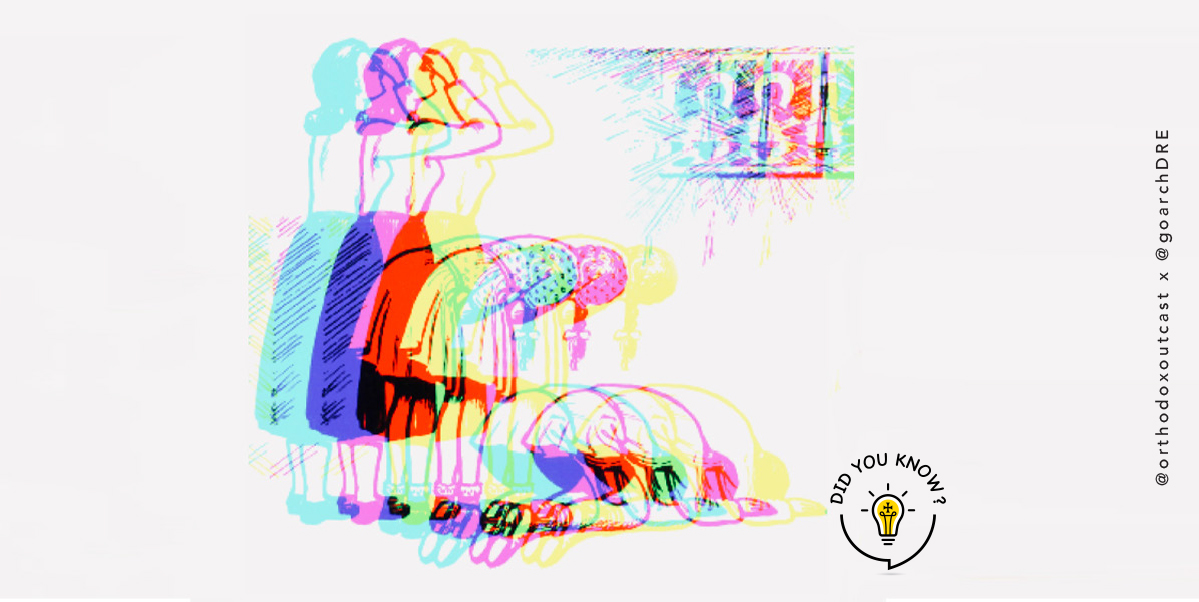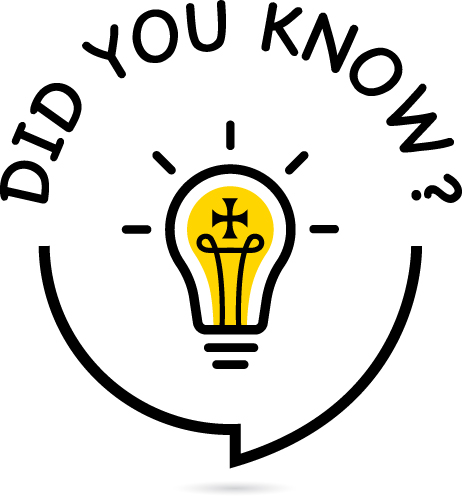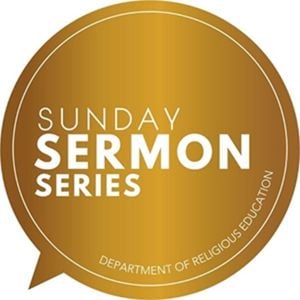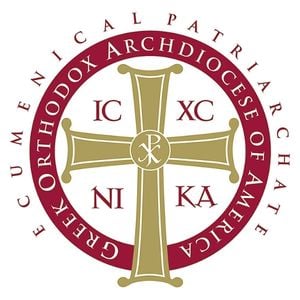DID YOU KNOW?
Department of Religious Education (DRE)
PROSTRATIONS
April 10
Did you know that prostrations began before the time of Christ?
Prostrations have been offered throughout history by Jews, Gentiles, Persians, Greeks, Muslims, and Christians alike in honor of God, political leaders, and sacred objects. The Orthodox controversy over prostrations (like icons) being idolatrous was settled with the defeat of iconoclasm in the 9th Century.
In private or public worship, prostrations serve as a suggested liturgical act of praying with our body. We pray not only with our mind, mouth, and heart (spiritual “eye”) — our thoughts, words, and spiritual “seeing” or knowing — but also with our body. Prostrations are offered at church primarily during Great Lent. They are typically not done on Sundays.
The Greek word for prostration is προσκύνησις (proskynesis) — which means to bow “towards” and to “kiss” in adoration or veneration. Prostrations (full and partial) are the most complete form of a bow, called a “metania” or “metanoia” — which means repentance. Therefore, prostrations serve as a living icon of our spiritual journey: following Christ, falling down, and getting back up — representing the fall of the human race through Adam and the Church’s resurrection and glorification with Christ.
To do a prostration, we make the Sign of the Cross, fall to our knees, and bow our heads to the floor — all in one continuous motion. When touching the floor, our hands can either be flat or a fist, with our head dropping between our hands. Then we stand up and do another prostration or continue with other prayers.
→ Click for your downloadable, shareable, and printable 1-pager: www.goarch.org/departments/religioused/didyouknow
→ Have a question you want answered by Did You Know? Email the Department of Religious Education (DRE) at: [email protected] or DM them on Instagram, X or Facebook: @goarchDRE
Read DYK? in real-time by following the DRE on Instagram, X or Facebook: @goarchDRE
DID YOU KNOW? is your go-to source for concise answers to a wide range of questions about the Greek Orthodox faith. DYK? equips Gen Z and millennials with facts they can trust and easily absorb while scrolling. Clergy, religious educators, and parents can share these nuggets of knowledge with the faithful, students, those inquiring about Orthodoxy, and loved ones.











